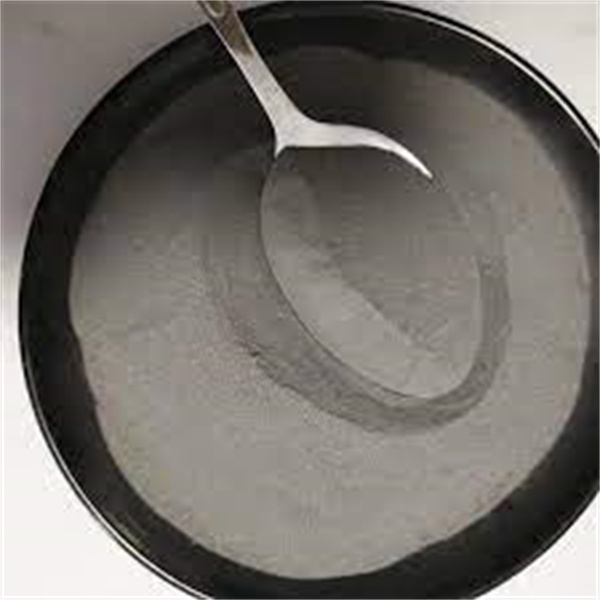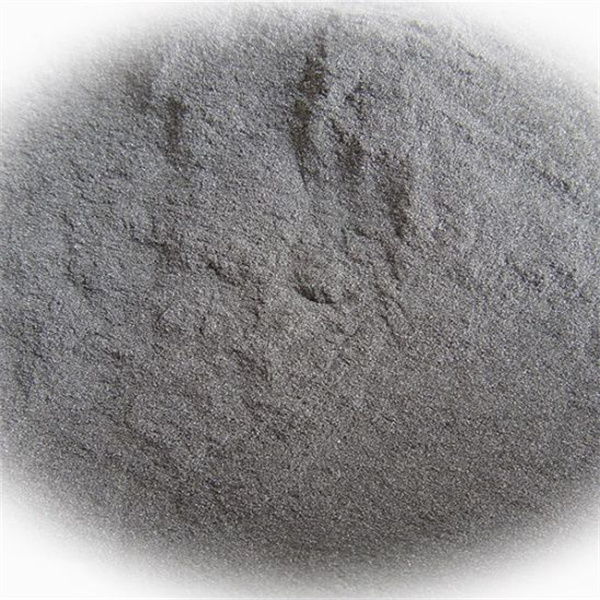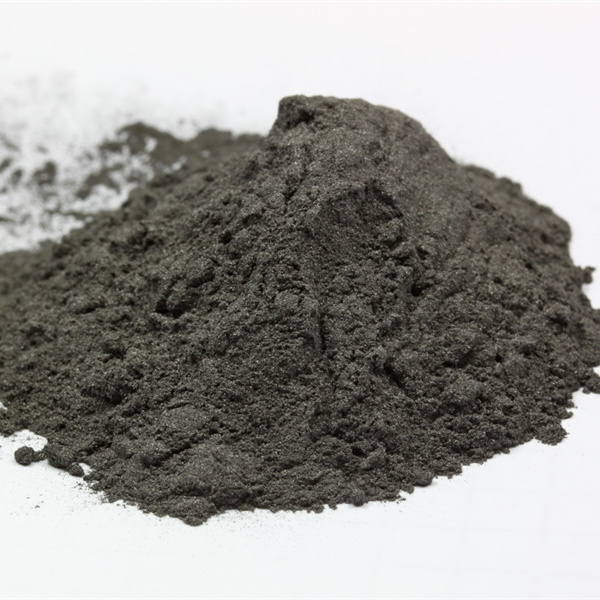Overview of EBM Additive Manufacturing
Electron beam melting (EBM) is a type of powder bed fusion additive manufacturing that uses an electron beam to selectively melt and fuse metallic powder particles layer-by-layer to build up complex 3D parts.
Key characteristics of the EBM process include:
- Builds fully dense parts from metal powder feedstock
- Uses an electron beam as energy source
- Operates under vacuum and high temperature
- Achieves excellent mechanical properties
- Ideal for reactive metals like titanium and tantalum
- Enables complex geometries not possible with machining
- Post-processing may be required to achieve final part finish
EBM provides benefits of design freedom, part consolidation, reduced weight, and performance improvements across aerospace, medical, dental, automotive and industrial applications.
How EBM Additive Manufacturing Works
The EBM additive manufacturing process works as follows:
- A 3D CAD model is sliced into thin cross-sectional layers.
- Metal powder is evenly distributed over a build plate in the vacuum chamber.
- An electron beam selectively scans and melts the powder based on the slice data.
- The build plate drops down and another layer of powder is spread over it.
- Steps 3-4 repeat until the part is complete.
- Excess powder is removed and the part is heat treated.
- Post-processing like machining or drilling may be done if required.
The EBM machine precisely controls the electron beam using electromagnetic lenses and deflection coils. The process takes place under high vacuum which enables very high melting temperatures.
Types of EBM Additive Manufacturing Systems
There are two main types of EBM machines:
| Machine Type | Description | Build Size | Materials | Applications |
|---|---|---|---|---|
| Small systems | Lower cost, suitable for small parts | 150 x 150 x 150 mm | Titanium, cobalt chrome, stainless, tool steel | Dental, medical, research |
| Large systems | For high volume production applications | 500 x 400 x 400 mm | Titanium, inconel, tantalum | Aerospace, automotive, industrial |
Arcam EBM and GE Additive are the major EBM system manufacturers offering both small and large-scale machines.

Materials for EBM Additive Manufacturing
A range of metals can be processed using EBM technology:
- Titanium alloys: Ti6Al4V, Ti6Al4V ELI, TiAl
- Nickel alloys: Inconel 718, Inconel 625
- Cobalt-chrome alloys: CoCrMo
- Steels: Stainless steels, tool steels, maraging steel
- Refractory metals: Tantalum, tungsten
- Precious metals: Silver, gold, platinum
- Aluminum alloys: AlSi10Mg
Titanium is especially suitable for EBM due to its reactivity. But the process can also build high-strength and corrosion-resistant parts from other advanced alloys.
Applications of EBM Additive Manufacturing
Major applications include:
Aerospace: Turbine blades, engine components, airframe and structural parts
Medical implants: Orthopedic implants, fixation devices, surgical instruments
Automotive: Turbocharger wheels, valve bodies, fuel system parts
Industrial: Heat exchangers, pressure vessels, pump housings, jigs and fixtures
Oil and gas: Downhole tools, valve bodies, manifolds
Defense: Satellite and UAV components, armor plating
EBM enables lighter, stronger, and higher performing components with optimized designs across these industries.
Benefits of EBM Additive Manufacturing
Benefits of EBM technology include:
- Low porosity – Approaching 100% density results in excellent mechanical properties
- High strength – Titanium alloys match and even exceed wrought material properties
- Design freedom – Complex geometries can be manufactured
- Rapid prototyping – Speeds up product development cycles
- Part consolidation – Reduces assemblies by integrating multiple components
- Weight reduction – Lighter components enable fuel savings in automotive and aerospace
- Just-in-time production – Reduces long lead times of castings and forgings
- Customized products – Patient-specific medical devices and personalized consumer goods
- Sustainable production – Reduces waste compared to subtractive methods
These benefits drive adoption of EBM across industries to improve performance, reduce costs, and enable new product innovations.
Limitations of EBM Additive Manufacturing
EBM does have some limitations:
- High equipment cost – EBM machines have high upfront capital cost in the $500,000-$1.5 million range
- Part size constraints – Build envelopes restrict maximum part dimensions
- Dimensional accuracy – Post-processing often required to achieve tight tolerances
- Surface finish – Stair-stepping effect leads to rough surfaces requiring finishing
- Build rate – Slower than powder bed fusion processes using laser or electrons beams
- Reactive metals – Limited to inert metals or metals like titanium and tantalum
- Powder removal – Unused metallic powder must be removed and recycled
- Thermal stresses – Can cause part warpage and cracking
Continued developments in EBM technology aim to improve speed, quality, material flexibility, and cost-effectiveness.
Design Principles for EBM Additive Manufacturing
Following design guidelines is crucial for successfully utilizing EBM technology:
- Minimize overhangs and unsupported geometries
- Include small holes (1-2 mm) for excess powder removal
- Utilize lattice structures to reduce weight
- Maintain wall thicknesses above 1 mm
- Include angles ≥ 30° to avoid stress concentrations
- Account for 0.2% linear scaling factor
- Allow 0.2 mm tolerance on fine details
- Design internal channels ≥ 2 mm for powder clearance
- Minimize areas of trapped powder accumulation
- Position part on plate to minimize cross-sectional area
Simulation tools help assess design performance early in the design process. Designs can be optimized specific to AM capabilities.
Process Parameters for EBM
Critical EBM process parameters include:
- Beam power – Affects build rate, porosity, microstructure
- Beam speed – Higher speeds increase build rate but can compromise density
- Beam focus – Focusing and deflection control fusion
- Scan strategy – Alternating raster direction between layers reduces residual stresses
- Layer thickness – Finer layers improve resolution but reduce build speed
- Build temperature – Higher temperatures reduce residual stresses but compromise precision
- Melt pool size – Affects local microstructure and properties
- Feedstock – Powder size distribution and morphology influences density and surface finish
Controlling these parameters allows properties and quality to be dialed in for specific applications.
Post-Processing for EBM Parts
Common EBM part post-processing steps include:
- Powder removal – Bead blasting to remove excess powder from internal cavities
- Stress relieving – Hot isostatic pressing can help reduce residual stresses
- Cut-off – Wire EDM to remove parts from build plate
- Machining – CNC milling, turning, drilling to achieve dimensional accuracy and surface finishes
- Polishing – For glossy surface finish on visual parts like jewelry and medical implants
- Coatings – Applying wear-resistant, low-friction, or aesthetic coatings
- Quality Testing – Measure mechanical properties, internal defects, microstructure
Minimizing post-processing reduces overall part cost. But critical applications may require extensive finishing to meet specifications.
Quality Control for EBM
Rigorous quality control procedures for EBM production involve:
- Raw material inspection – Sieve analysis, flow rate testing, and microscopy of feedstock powder
- In-process monitoring – Melt pool size, powder bed temperature, vacuum level
- Dimensional checks – CMM and other metrological inspection of critical dimensions
- Mechanical testing – Tensile, compression, microhardness, fracture toughness, fatigue
- Non-destructive evaluation – X-ray computed tomography to check for internal defects
- Metallography – Microstructural characterization using optical and electron microscopy
- Density analysis – Archimedes method or helium pycnometry to verify ≥ 99.5% density
- Surface roughness measurement – Optical profilometry to quantify surface texture
- Chemical analysis – ICP and mass spectroscopy to verify composition
- Validation builds – Test builds to verify process parameters for new parts
This comprehensive testing verifies EBM product quality for strict industrial applications.
Cost Modeling for EBM Additive Manufacturing
Total costs depend on:
- Machine cost – High capital equipment investment
- Material cost – Powder feedstock cost/kg
- Operating cost – Labor, energy, maintenance, inert gas
- Post-processing – Additional machining and finishing
- Build speed – Faster builds reduce costs
- Utilization rate – Higher machine usage spreads costs over more parts
- Buy-to-fly ratio – Unused powder must be recycled adding costs
- Part geometry – Compact parts maximize build volume usage
- Build volume – Larger machines enable higher throughput
- Economies of scale – High volume production reduces per part costs
Costs decline significantly as production volumes increase and excess powder can be reused.
Selecting an EBM Additive Manufacturing Vendor
Criteria to select an EBM service provider:
- Proven system installations and customer references
- Diverse certified aerospace, medical, industrial applications experience
- Range of qualified materials like titanium, inconel, cobalt chrome
- Quality management system certification – ISO 9001, AS9100
- Stringent quality control testing procedures
- Inventory of standard and specialty powders
- Secondary in-house machining and finishing capabilities
- Design support and build simulation services
- Professional engineers on staff with metallurgy expertise
- Large build envelopes for high throughput
- Competitive pricing structure transparently communicated
- Capable of managing ITAR and other regulated projects
- Located nearby enabling in-person meetings and collaboration
Established service providers with a track record in regulated industries tend to best meet rigorous quality expectations.
Pros and Cons of EBM vs Other AM Methods
Advantages of EBM:
- Fully dense metal parts rivaling forged properties
- Good surface finish on upward facing surfaces
- High build rate relative to laser processes
- Low residual stresses compared to laser powder bed fusion
- Excellent mechanical properties of finished components
- Melt pool control enables microstructure refinement
- Inert build conditions ideal for reactive metals like titanium
- Cost-effective for medium to high production volumes
Disadvantages of EBM:
- Higher equipment cost than polymer systems
- Limited material options compared to laser PBF
- Controlled process requiring trained operators
- Significant post-processing often required
- Consumes large amounts of electric power
- Maximum part size constrained by build envelope
- Handling and recycling of reactive metal powders
- Lower profile accuracy than machined or forged parts
For medium to high volume metal component production, EBM excels at delivering high strength and quality at reasonable costs. But it requires experience to master the process.

Comparison of EBM vs DMLS and SLM
EBM vs DMLS:
| Parameter | EBM | DMLS |
|---|---|---|
| Beam source | Electron beam | Fiber laser |
| Atomsphere | Vacuum | Inert gas |
| Typical materials | Titanium alloys, tantalum, inconel | Stainless steel, cobalt chrome, aluminum |
| Build rate | High | Medium |
| Surface finish | Moderate | Very high |
| Cost per part | Moderate | High |
| Max part size | Large | Medium |
EBM vs SLM:
| Parameter | EBM | SLM |
|---|---|---|
| Beam source | Electron beam | Fiber laser |
| Atmosphere | Vacuum | Inert gas |
| Typical materials | Titanium, tantalum, inconel | Aluminum alloys, steels, nickel alloys |
| Residual stress | Low | High |
| Mechanical properties | Excellent | Very good |
| Cost per part | Moderate | Low |
| Accuracy | Moderate | High |

FAQ
What materials can be processed using EBM technology?
The most common EBM materials are titanium alloys, nickel alloys like Inconel, cobalt chrome, and some tool steels. More recently refractory metals and aluminum alloys are also being adopted.
What layer thickness can be achieved with EBM systems?
EBM machines can deposit layers down to 50 microns thick. Thinner 25-35 micron layers are typical for small intricate components while 70-100 microns are used for larger coarse parts.
What post-processing methods are used for EBM components?
Typical post-processing includes powder removal, stress relieving, cut-off from the plate, machining, surface treatments like grinding or polishing, and inspection and testing.
What precision and surface finish can be attained with EBM parts?
Dimensionally accuracy around ±0.2% (±0.5 mm per 25 cm) is achievable but tolerances can be further improved through post machining. As-built surface roughness ranges from 10-50 μm Ra.
How does EBM compare to DMLS for aerospace applications?
EBM can match material properties of traditionally forged titanium components for structural applications. It provides higher build rates than DMLS but usually requires more extensive post-processing.
